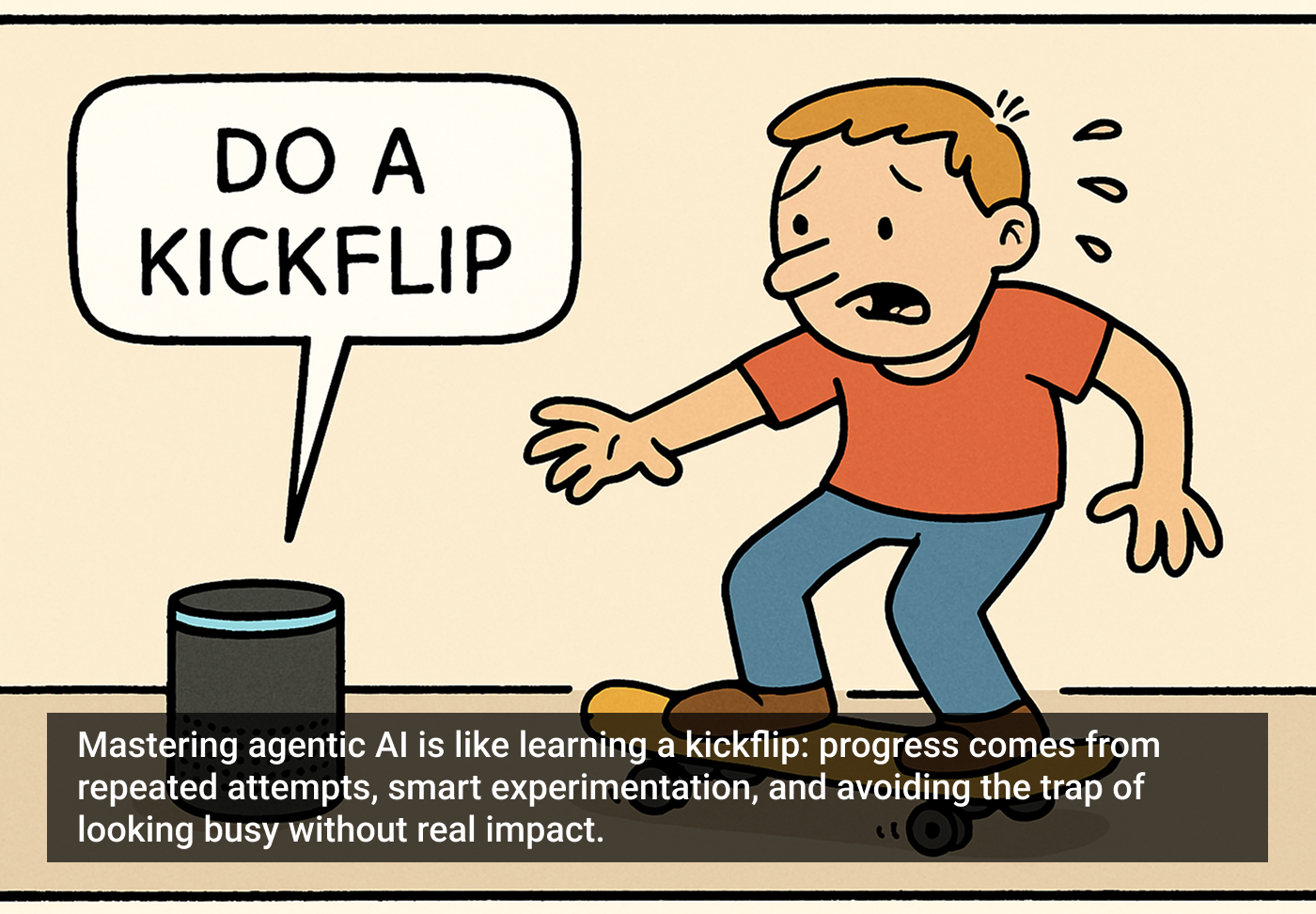Open a web browser. Pick up a newspaper. Search for stories about artificial intelligence and the future of work. While scholarship on the topic is getting increasingly nuanced, you’re still likely to confront dire warnings about how smart machines are coming to take our jobs. Like, all of them.
Tesla and Space X CEO Elon Musk says mass automation is “the scariest problem” facing society because “what’s going to happen is robots will be able to do everything better than us … I mean all of us.” AI pioneer and venture capitalist Kai-Fu Lee believes that the technology could potentially eliminate 40% of existing jobs within the next 15 years.
Beyond their inherent pessimism, these kinds predictions have something in common: almost all of them come from men. Which isn’t surprising. The vast majority of people funding AI, working on AI, commenting on AI, teaching AI, and starting businesses involving AI are men, what Google researcher Margaret Mitchell calls “a sea of dudes.”
We are in fact swimming in male technologists and business leaders, a sea that already is largely responsible for the economic world in which we live—a world in which AI, a rapidly expanding platform with near limitless possibility, is too often imagined as a narrow tool for workplace automation.
But what if that wasn’t the case?
Imagine a world in which AI researchers, visionaries, venture capitalists, and startup founders are predominantly female—or, at the very least, equally representative of men and women. What would that future look like for workers and the economy?
In a recent paper about AI and the future of labor, economists Daron Acemoglu at MIT and Pascual Restrepo of Boston University argue that recent technological progress has focused too much on the low-hanging, short-term economic fruit of automation and too little on creating tasks that result in people being productively employed in new jobs. The results, they write, have been “stagnating labor demand, declining labor share in national income, rising inequality and lower productivity growth.”
Gloomy forecasts assume technology’s forward march will only accelerate these trends. It’s not an unreasonable guess, but it’s hardly a fait accompli. When it comes to AI, focusing on workplace automation represents a collective failure of imagination about what the technology should be used for in the first place.
And that’s exactly where more women in AI could make a positive, job-creating difference.
New kinds of problems to solve
History shows that both productivity and employment grow when people have new tasks to work on. What creates new tasks? New problems to solve. And how do we identify those new problems?
We broaden our perspective. Expand our shared imagination. We ask and empower a wider range of people—women, people of color, individuals from diverse cultures and socioeconomic backgrounds—to determine what’s important. When the system that decides what problems get worked on is overwhelmingly conceived and built by relatively well-off white men, then only certain problems get worked on—such as how to automate away labor costs.
By contrast, when previously underrepresented groups have equal power and influence, new and previously overlooked possibilities emerge.
This phenomenon already can be seen in politics. Consider the Colorado state legislature. In its current session, more than half of its representatives—34 out of 65—are women. Seven of the 11 House committees are now chaired by women. As the Washington Post reports, this is almost unprecedented in American history. Only once before has any state legislature featured a female majority in even one of its chambers—New Hampshire in 2009-2010.
So what have the statistics meant for Colorado’s policy priorities, and for the problems its lawmakers are now working to solve? Well, one committee unanimously approved a law requiring the state to fund full-day kindergarten; another passed a bill to create an insurance fund that would offer 12 weeks of paid leave to care for a newborn or deal with family emergencies. Even the statehouse’s daily working conditions have been transformed: Previously, nursing mothers had to use a bathroom in the building’s basement, but today there is a dedicated room for them.
We broaden our perspective. Expand our shared imagination. We ask and empower a wider range of people—women, people of color, individuals from diverse cultures and socioeconomic backgrounds—to determine what’s important. When the system that decides what problems get worked on is overwhelmingly conceived and built by relatively well-off white men, then only certain problems get worked on—such as how to automate away labor costs.
By contrast, when previously underrepresented groups have equal power and influence, new and previously overlooked possibilities emerge.
This phenomenon already can be seen in politics. Consider the Colorado state legislature. In its current session, more than half of its representatives—34 out of 65—are women. Seven of the 11 House committees are now chaired by women. As the Washington Post reports, this is almost unprecedented in American history. Only once before has any state legislature featured a female majority in even one of its chambers—New Hampshire in 2009-2010.
So what have the statistics meant for Colorado’s policy priorities, and for the problems its lawmakers are now working to solve? Well, one committee unanimously approved a law requiring the state to fund full-day kindergarten; another passed a bill to create an insurance fund that would offer 12 weeks of paid leave to care for a newborn or deal with family emergencies. Even the statehouse’s daily working conditions have been transformed: Previously, nursing mothers had to use a bathroom in the building’s basement, but today there is a dedicated room for them.
None of this is coincidental. To the contrary, it’s reasonable to assume that men didn’t attempt to solve problems related to child and family care because they didn’t see them as priorities—or perhaps didn’t see them at all.
The future we want
There are plenty of industries ripe for the same kind of shift in dynamics that redefined the work of the Colorado legislature. For instance: finance. The IMF reports that “women are underrepresented at all levels of the global financial system,” from borrowing to banking, and that the gender gap is particularly pronounced in leadership roles, with women accounting for fewer than 2% of financial institutions’ CEOs and fewer than 20% of executive board members.
Perhaps it’s unsurprising, then, that research by my own firm, Citi, has found that while women now control more than half the personal wealth in the United States, female customers generally feel that banks don’t do enough to provide tools and services tailored to their concerns and problems—ranging from the lack of funding for women entrepreneurs to the strain of simultaneously supporting children and senior parents.
Nor is it surprising that a new wave of startups, often run by women, is attempting to address these problems—generating new markets, businesses, and jobs in the process.
In the AI world, there are efforts underway to turn tech’s “sea of dudes” into an ocean of diversity. Google has pledged to focus its workplace diversity efforts on Hispanic and African-American women, the company’s least-represented demographic groups. Fei-Fei Li, co-director of Stanford’s Human-Centered AI Institute, has started a study and mentoring group for high school girls. Along with Melinda Gates, she also has co-founded the nonprofit AI4All, which works to create AI pipelines for underrepresented talent.
Female AI innovators already are imagining new problems and tasks, building software that can recognize human emotions and storytelling robots that help children learn to read. But that’s just a start.
Today, it’s still too easy to imagine widespread workplace automation, and too difficult to imagine an AI workplace that looks like the Colorado state legislature. But in the hands of women and other underrepresented demographic groups, AI would be applied to all sorts of new problems, in turn creating countless new tasks for the technology.
That’s a formula for job creation, not destruction; for shared prosperity and growth, not economic stagnation and rising inequality. It’s the future we want, and one we should start building right now, before the economic doomsday prophecies become self-fulfilling.
Valla Vakili is the managing director and head of studio at Citi Ventures.
*This piece was first published in Quartz at Work on 09.25.19







